Mistakes Beginning Gardeners Make
Get your garden off to a great start this year by avoiding these 10 common mistakes beginning gardeners make.
Time and time again, I see new gardeners start the spring off with such zeal. They are all excited that this will finally be the year they will grow a garden and “live off the land.” And while I love watching beginning gardeners get excited at the prospect of their new garden, I also worry that their eagerness will lead them to make one or more of these mistakes that most beginning gardeners make.
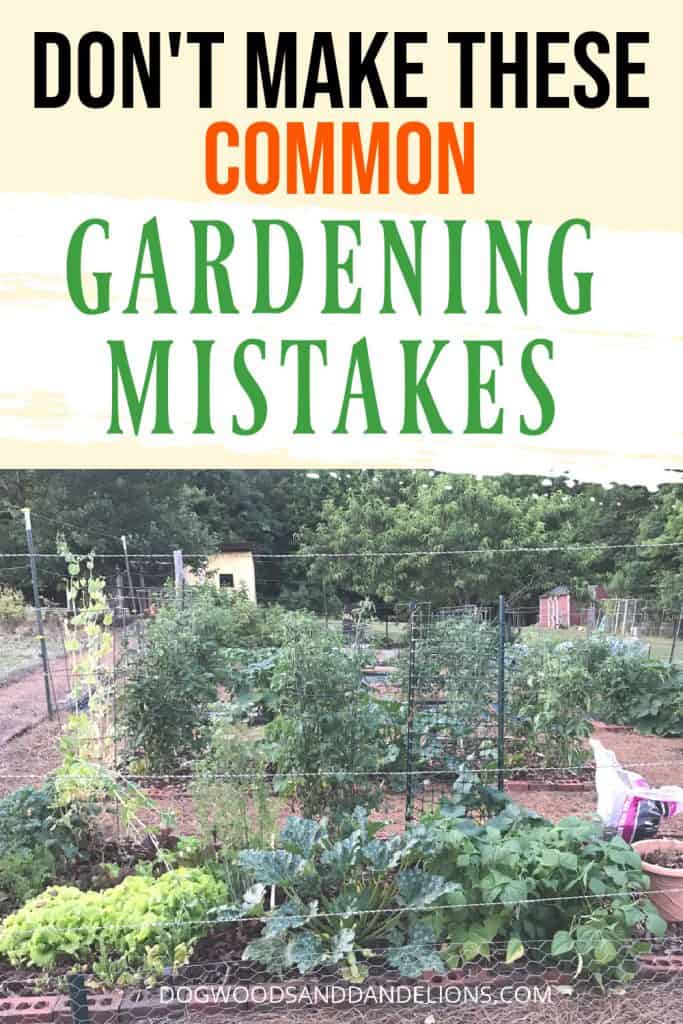
Affiliate Disclosure: Please note that some of the links in this article may be affiliate links and I may receive a small commission if you purchase something through a link. It will not change your cost. As an Amazon Associate, I earn from qualifying purchases. For more information, see my disclosures page.)
While obviously, this list is not a comprehensive list of all the mistakes beginning gardeners can make, it does give you an idea of the more common ones. This list will help you know what to look for so you too don’t make these mistakes.
Not Staking or Trellising Plants
Not staking or trellising plants is a problem I see many beginning and even many experienced gardeners make. Sometimes, by the time you realize a plant needs staking, it is almost too late. Trying to get a cage around a pepper or tomato plant that is loaded with fruit will often lead to broken branches. Many times you will lose some of those precious veggies too.
It is much easier to put cages around plants while they are young or train beans to grow up a trellis when they are only a foot or two tall. Read your seed packets or seed catalog to see if your plant needs staking. If it does, do it while the plant is young.
Not Allowing Proper Spacing Between Plants
When you start out gardening, you tend to want to try your hand at growing lots of vegetables. So, many beginning gardeners tend to make the mistake of cramming too many plants into a small space.
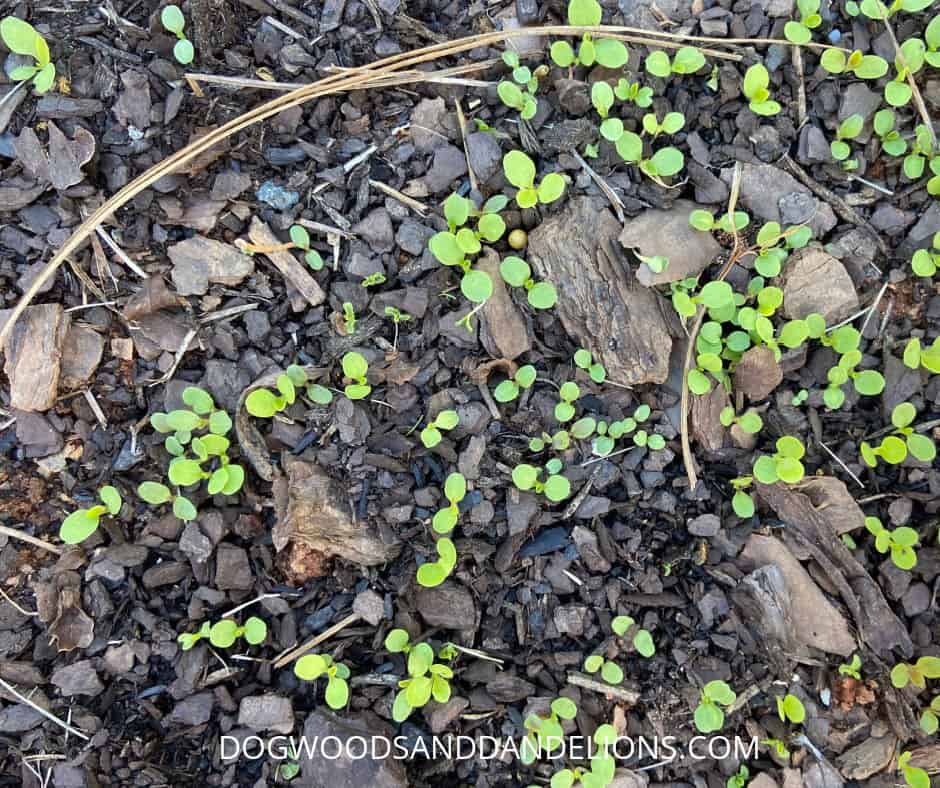
Most seed catalogs or seed packets will tell you the proper spacing for most vegetables. It’s good practice to follow those recommendations. If you are gardening in raised beds, you can get away with spacing the plants a little bit closer together, if, and only IF, you are using high quality soil in those raised beds. And you can only space them just a bit closer. Plants need room to grow properly.
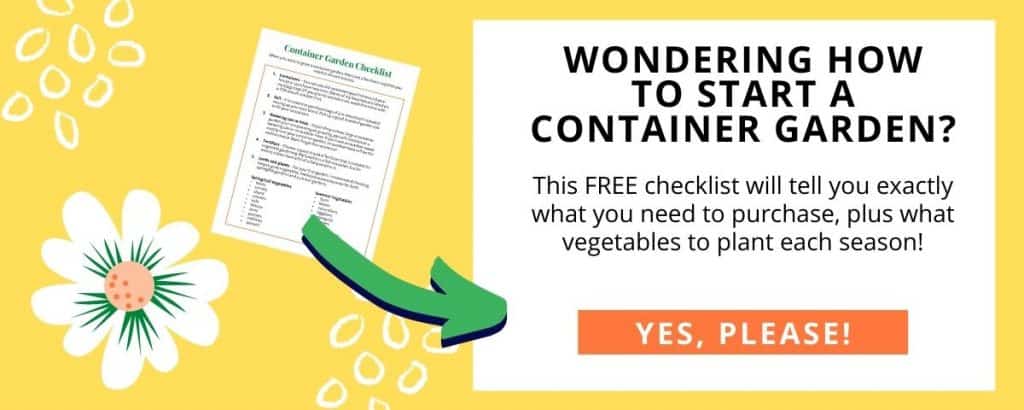
Not Watering Deeply
I see this mistake every single year. A new gardener wants to make sure the garden is watered daily. So they run out and water just a little bit every night. But then, they get busy and forget to water one night. If the plants are used to daily watering, they may start to wilt after just one evening of no water.
It is a much better idea to water your garden deeply once or twice a week. The deep watering allows the water to soak into the ground and your garden will grow deeper roots. When you only water shallowly, the roots don’t have to go deep to search for water. A day or two with no water can cause your vegetables to die if they don’t have deep roots.
The best way to ensure your garden is properly watered is to check after you have just watered. Dig eight inches down into the soil and see if it is damp at that point. If not, you haven’t watered deeply enough. Most gardens need a minimum of one inch of water a week. This is just the minimum. For optimal vegetable production, 2-3 inches of water a week is preferable.
Planting Sun Loving Crops In The Shade
Planting sun-loving vegetables like tomatoes and peppers in the shade won’t usually hurt your plants. They will still most likely be lush and green. However, you probably won’t get many (if any) vegetables. Tomatoes, peppers, eggplant, beans, okra, squash, and zucchini all need at least 8 hours of sunlight a day to produce their fruits.
Grown in the shade, you will probably just have a green bush. Again, read the planting instructions on the seed tag to ensure you are planting your vegetables in the proper place. If you have mostly shade in your garden area, check out this list of vegetables to grow in the shade.
Using Pesticides At The First Sign Of Bugs
Many new gardeners see their first bug and start to panic, sure that their entire garden is doomed. However, not all bugs are bad. And many pesticides will kill the good bugs too. Often, the best course of action is to watch and wait.
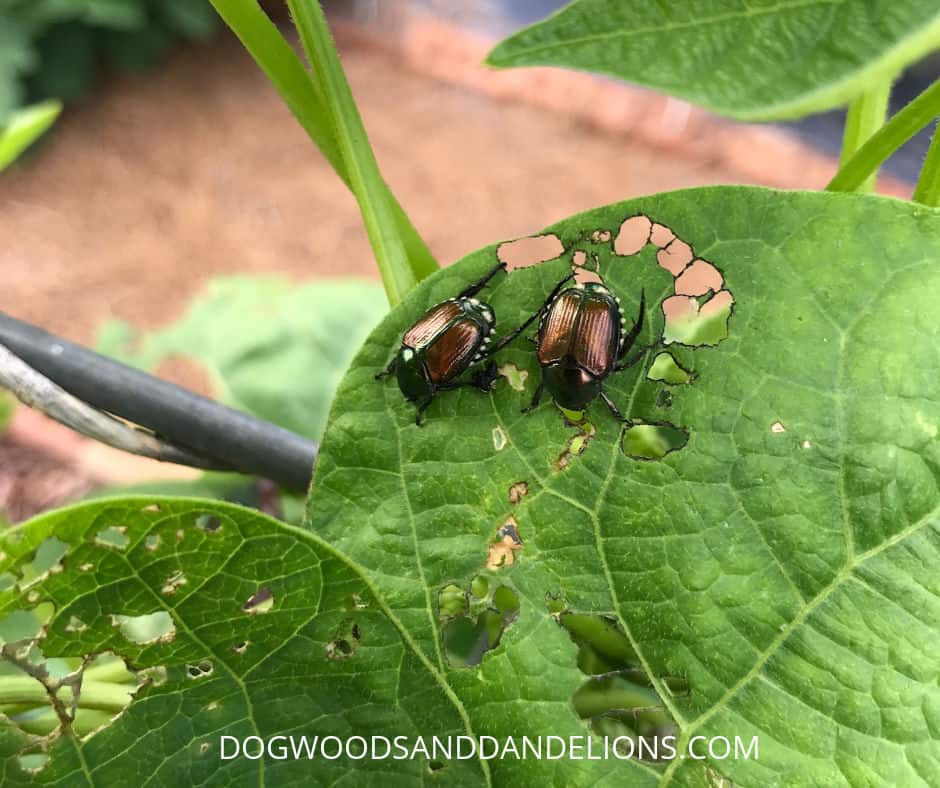
If a bug is eating a few leaves on your beans, find the bug and squish it. If that makes you squeamish, knock the bug into a jar of soapy water to kill it.
Also keep an eye out for the good bugs that may be coming to take care of the bad bugs. If you see aphids on your peas, keep an eye out for the lady bugs that may be coming for a feast. Many times the good bugs will keep the bad bugs in check without resorting to toxins.
Read more: 4 Ways To Get Rid Of The Bad Bugs In Your Garden
Not Preparing The Soil Properly Before Planting
While many people think you can dig a hole and drop in a vegetable plant (and you certainly can do this) don’t expect good results. Vegetable plants thrive best in loose soil that contains lots of organic matter.
If you have heavy clay soil or sandy soil, you definitely need to add some soil amendments for the best results. It would be worth it to have a soil test done so that you know exactly what you need to add.
Read: How to Take a Soil Sample & What Do the Results Mean
Even if you don’t get a soil test done, it’s a good idea to add some compost to your garden bed each year. This helps to replenish the nutrients your plants use. And if you don’t want to purchase compost, learn how to make your own backyard compost pile.
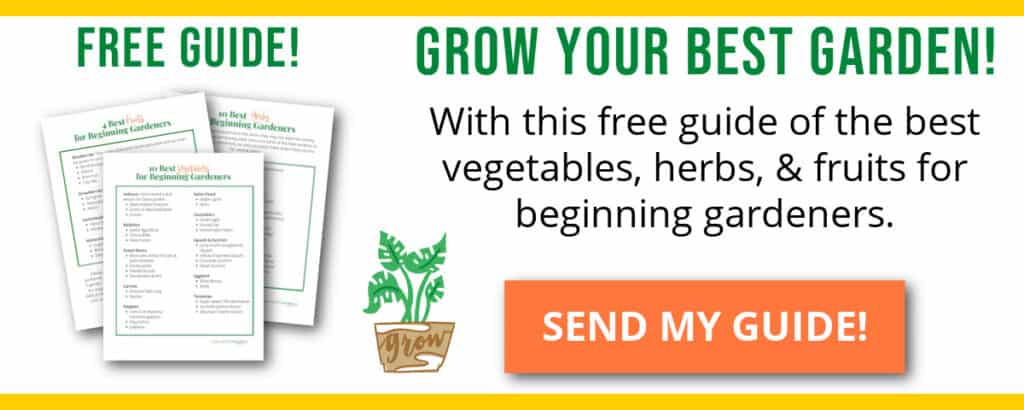
Starting Seeds Indoors Without A Grow Light
I see this mistake happening even with experienced gardeners. You decide to try to start a few seedlings to save money. So you buy a seed starting tray and plant a few seeds in it. They sprout and you are thrilled.
However, within a couple days, they start to look thin and leggy. The reason…not enough light. The majority of the time, even a sunny window does not provide enough sunlight for seedlings to thrive. Most seedlings need 12-14 hours of sunlight a day to grow well. And it is hard to provide that much sunlight in a window every day.
If you want to start seedlings indoors, you can do it with a cheap shop light or under-the-counter light. They provide an acceptable amount of light. However, I recently upgraded my grow lights to these and have seen stellar results.
If you don’t have the space for a grow light, I definitely recommend purchasing your plants from a local nursery. They will have strong, healthy seedlings that should grow well for you. If you do want to try your hand at starting seeds indoors, read my post on starting seeds indoors first.
Thinking Everything You Plant Will Grow Well
While I love the zeal many new gardeners have, I do hate that many of them think that everything they plant will produce a bountiful harvest. Whether bugs destroy a vegetable or a cold snap kills your tomato plant, not everything you put in the ground will provide a large harvest. You may be lucky to get 3 carrots from your carrot patch if you had a dry spell during germination and forgot to water regularly.
If you listen to the news, you know that even large-scale farmers with tons of experience, lose crops some years. The important thing to remember is that you tried. Learn from the failures. It will make you a better gardener next year.
Giving Up When Something Goes Wrong
On the other side of the spectrum, some beginning gardeners give up the first time something goes wrong in their garden. When you garden, you will always be learning and growing. But there will be failures too. Some years, it’s the weather that isn’t right for a specific crop. (I’m just now getting bell peppers – in October! I usually start getting some in late June.)
Other years, you may have bugs that come in and ruin your vegetables. (I have some kind of nasty looking worm that is eating my bean leaves right now.)
And sometimes, a particular vegetable just may not do well for you even if your neighbor has been wildly successful growing the same variety.
So many things go into planting a garden that many times it can be impossible to say what went wrong. However, don’t throw in the towel just because something went wrong.
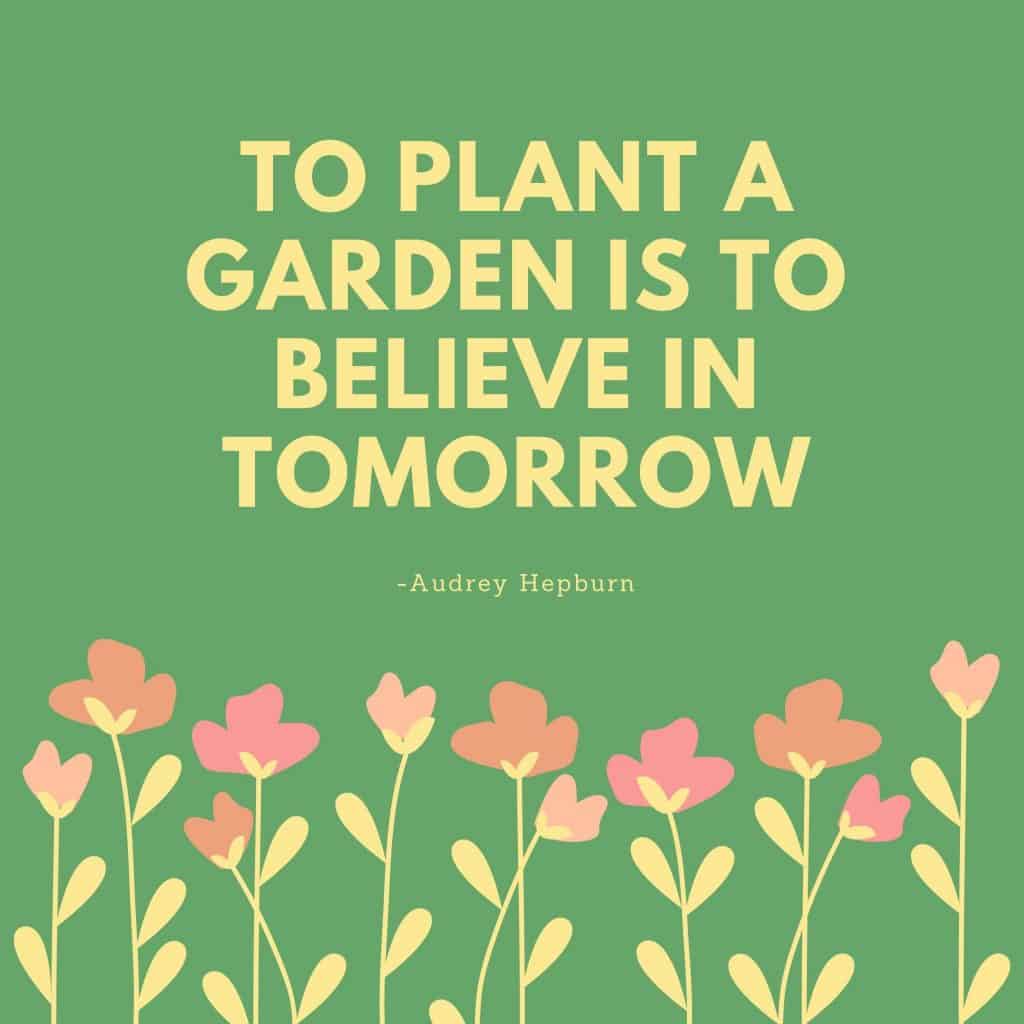
Planting At The Wrong Time
This mistake beginning gardeners make is one I see and hear about All. The. Time. – Planting at the wrong time. Every year, I hear about new gardeners putting out tomato plants as soon as the local home improvement stores start carrying them. No. No. No.
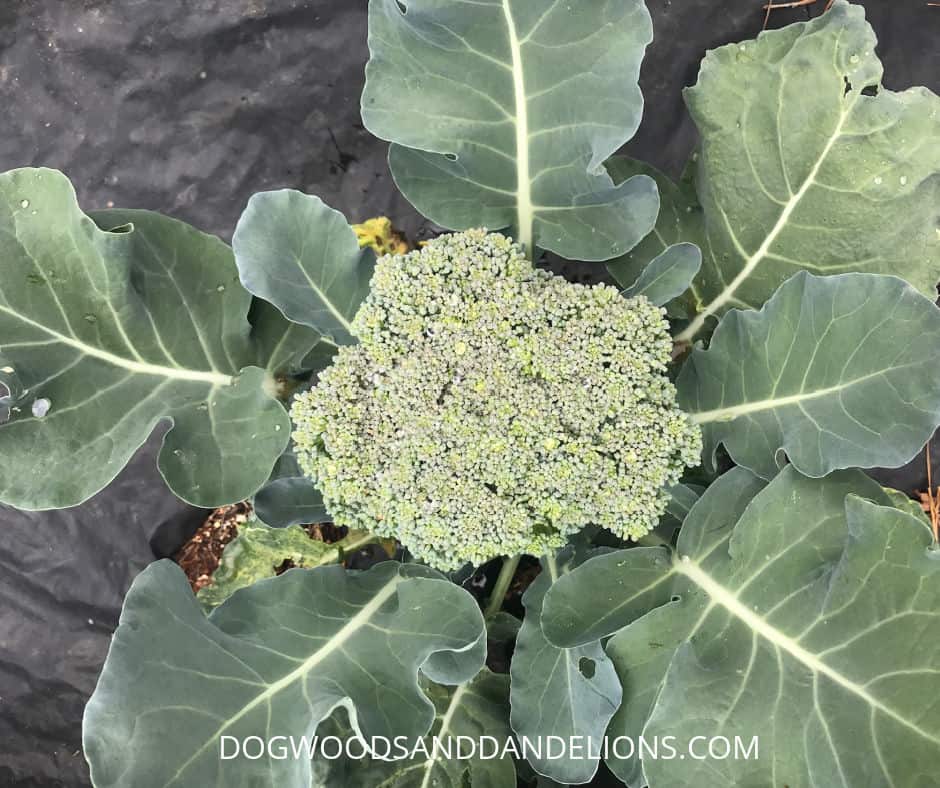
Or I hear of someone planting broccoli in late May. Another big NO. Many new gardeners don’t know the difference between cool season and warm season vegetables. Cool season vegetables need to be planted in late winter or early spring, before your last expected frost date. Many of these same vegetables can be planted again in late summer or early fall for a second harvest.
Warm season vegetables should be planted AFTER your last expected spring frost. These vegetables can’t tolerate frost so any temperatures below freezing (32 degrees Fahrenheit) will either damage them severely or kill them completely.
Read more: Find your first and last frost dates
Planting A Garden That Is Too Big
The number one mistake beginning gardeners make is starting a garden that is too big! That zeal to grow everything that I mentioned at the beginning of this post? Yes, it gets new gardeners in trouble.
Planting a garden is often the fun part. It’s usually nice weather in the spring when we plant our summer crops. Why get one tomato plant when we can get 12? Let’s plant 3 rows of green beans. After all, we LOVE green beans.
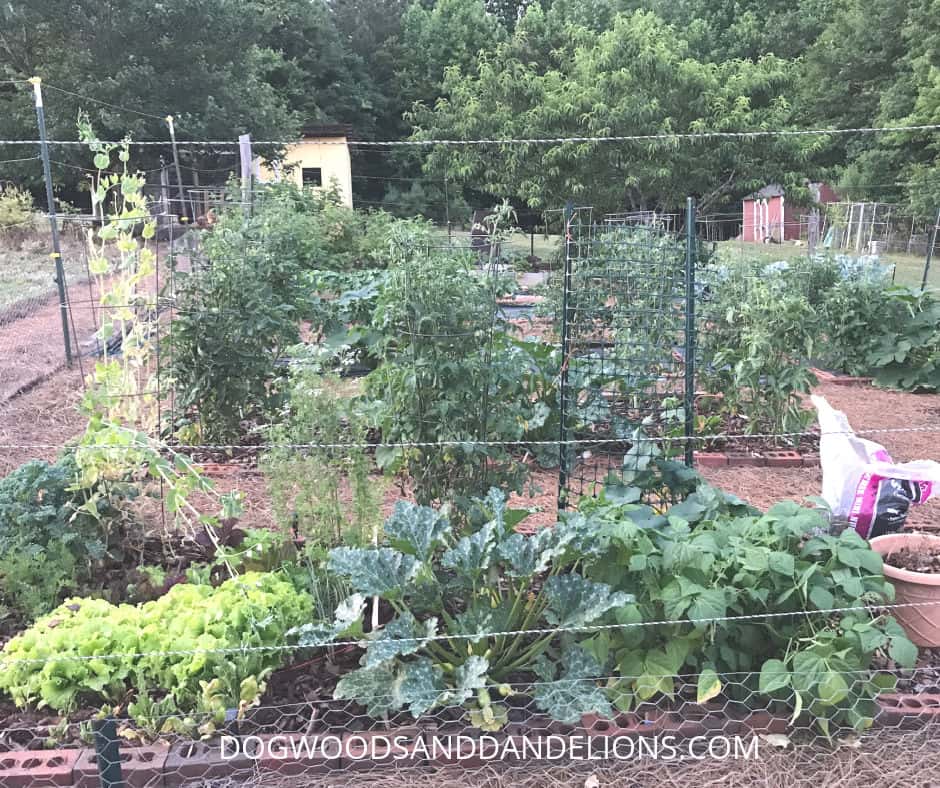
However, July rolls around and it’s hot. And dry. And you want to go on vacation. But you have buckets of tomatoes to pick. Your green bean plants are loaded. What are you going to do with all that produce? Do you know how to properly can it? Freeze it? Do you even want to go to all that trouble?
If you aren’t prepared, a large garden can easily overwhelm even experienced gardeners. That’s why my biggest advice to new gardeners is to START SMALL. I actually recommend a container garden for most beginning gardeners.
Growing a container garden eliminates many of the mistakes new gardeners make. You purchase soil so there is no need for a soil test. You can monitor your garden much more easily for bugs. And even if you do plant at the wrong time, a container garden is much easier to cover or move indoors in the event of an unexpected frost.
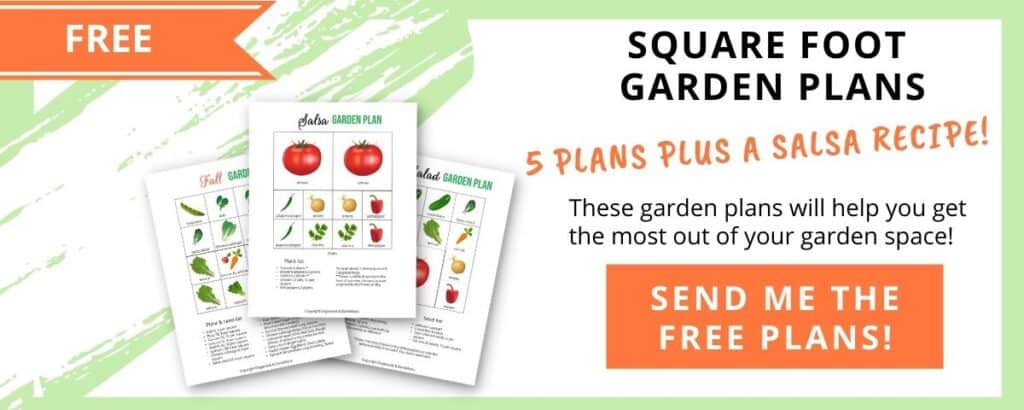
By being aware of these common gardening mistakes, you will be more likely to avoid them. Are there other mistakes you made as a new gardener? Leave a comment and let me know so you can help others grow a better garden this year.
Related Posts
- 8 Reasons You Should Grow A Garden
- How to Start A Square Foot Garden
- Expert gardeners share their best advice on what they wish they knew before starting a garden
